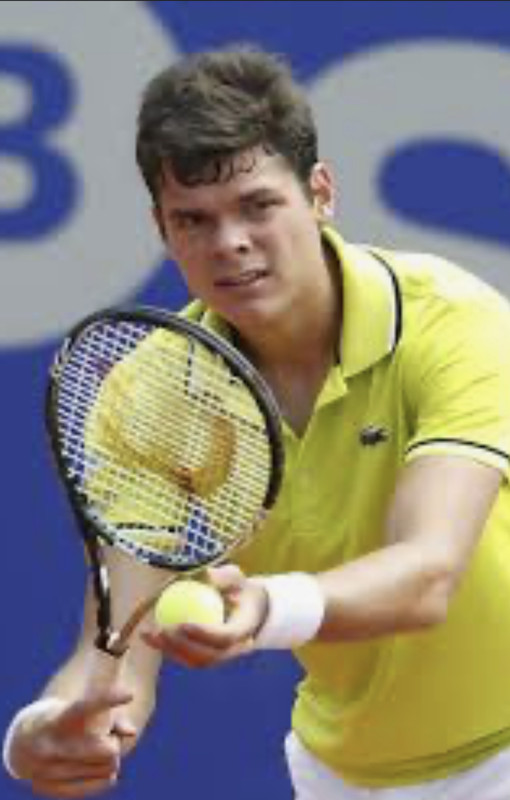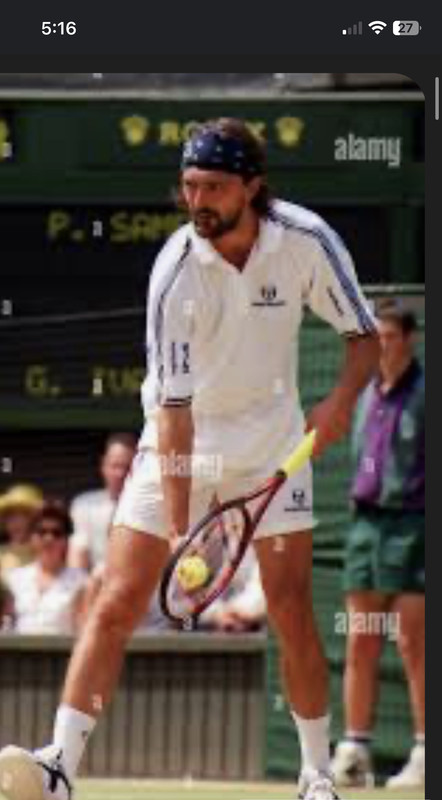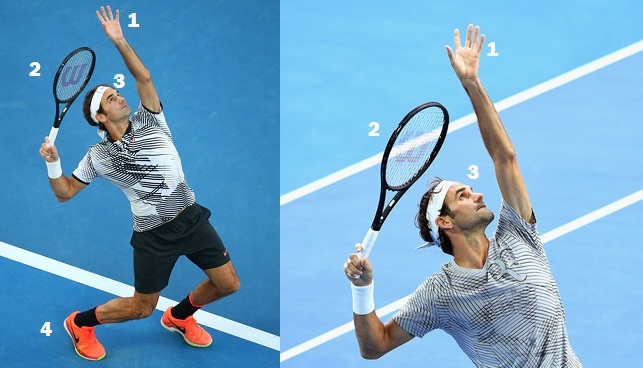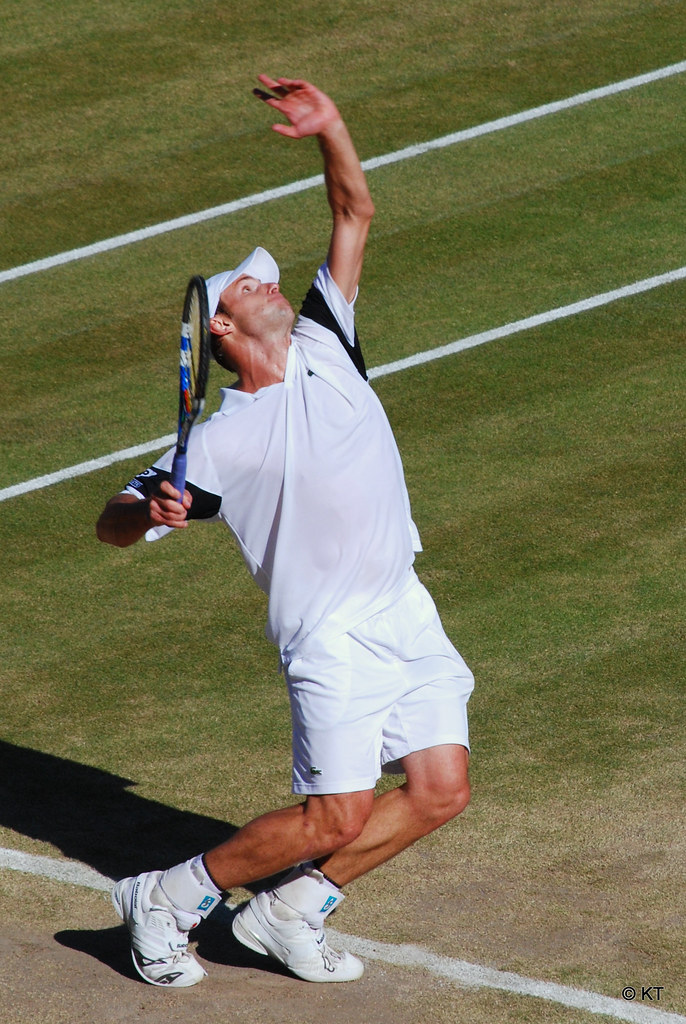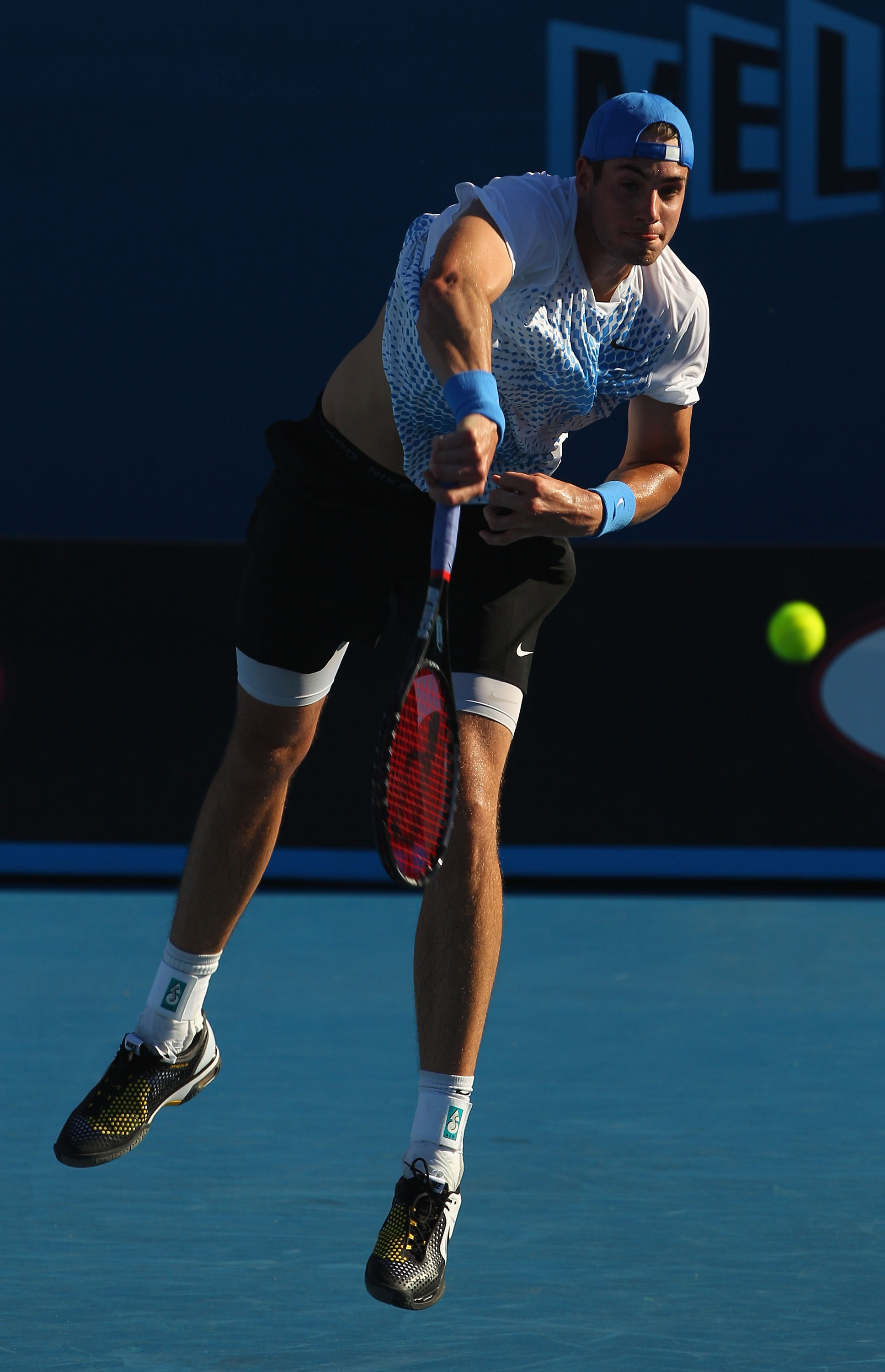Better_Call_Raul
Hall of Fame
Serve Doc describes the "Pro Grip" which is index knuckle on bevel two and heel pad on bevel one. A (2, 1) grip.
Continental grip is index knuckle and heelpad on bevel two. A (2,2) grip.
When I try this Pro Grip, it keeps shifting back towards Continental grip during the service motion. To be clear, the Continental grip can work but I want to experiment with Pro Grip.
@Serve Doc
What is the key to not letting the grip shift? Focus more on exaggerating the pronation and internal shoulder rotation?
Continental grip is index knuckle and heelpad on bevel two. A (2,2) grip.
When I try this Pro Grip, it keeps shifting back towards Continental grip during the service motion. To be clear, the Continental grip can work but I want to experiment with Pro Grip.
@Serve Doc
What is the key to not letting the grip shift? Focus more on exaggerating the pronation and internal shoulder rotation?
Last edited:



